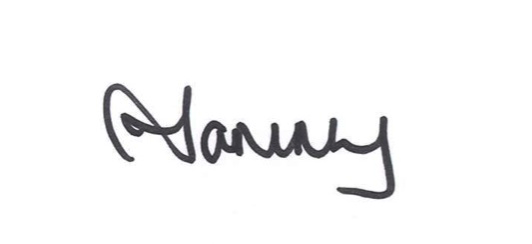
I am often asked what is the one thing that a person could do that would help them get better at leadership. It can be a bit overwhelming in terms of all the different models out there, and sometimes that can cause inaction because of pure overwhelm.
But the good news is that there is one thing you can start doing today that will cost you nothing to implement. You don’t need to read up on fancy models. You won’t need to get any special training. In fact, you can start to implement the moment you finish reading this blog.
What is this magic tool that will help me get better at leadership?
The thing you can do now, today, immediately – is change the way that you listen to your team and your other stakeholders. Don’t stop reading at this point, thinking – oh, I am a great listener, I don’t need to bother reading further.
Plenty of studies examine this phenomenon. While listening is the core of most of our communications—the average adult listens nearly twice as much as he or she talks—most people stink at it.
Most of us dramatically overestimate how good a listener we are. This article is a great explanation of why that is so. In part it is because our brain capacity is greater than the rate at which we typically listen, so we fill up the remaining space with “other stuff”. Pretty soon, we’re thinking about that other stuff and we are not properly listening and we get lost.
The trick to listening that will help you get better at leadership
This HBR article describes the three levels of listening:
“Internal listening is focused on your own thoughts, worries, and priorities, even as you pretend you’re focusing on the other person. In our sessions, we usually illustrate this type of listening with a simple prop — an iPhone. People laugh, not because it’s funny, but because they recognize that this type of listening is what they often do themselves.
Focused listening is being able to focus on the other person, but you’re still not connecting fully to them. The phone may be down and you may be nodding in agreement, but you may not be picking up on the small nuances the person is sharing.
360 listening. This is where the magic happens. You’re not only listening to what the person is saying, but how they’re saying it — and, even better, what they’re not saying, like when they get energized about certain topics or when they pause and talk around others.
When I close my laptop and it’s just me and the person across the table, there’s a connection. There’s energy. There’s the reminder of what’s possible if we focus on what the other person has to say. I’m reminded of why what we’re building together matters.”
And the trick? It’s about being self aware about where you are in those levels of listening. Once you’re aware that you probably spend most of your time in the first two levels, you can do something about it- and choose to get better at the third level.
Why bother with any of this?
We know from the research in both of the articles linked to above, that poor listening or ineffective listening, causes mistakes, mis-takes, misunderstandings and catastrophic errors.
Think about a couple that is constantly bickering because of misunderstandings. As it turns out, each partner did indeed communicate, but the other was so busy (stuck in level 1 and 2) that they just didn’t pay proper attention.
Think about being in a meeting where your attention starts to wander, and then you realise you’ve missed something (or maybe you don’t even realise you’ve missed it). If you realise it, then you may feel awkward about asking to go back, because you were “meant” to be listening. If you don’t realise it, then you’re just plain lost.
The consequences of this depend of course of the information missed- but you can start to see how unnecessary mistakes and conflict is caused by sitting in the first two levels of listening.
Remember our brain likes to justify our own behaviour – so you may even have been aware of what you’re doing, but put it down to being super efficient and being able to do many things at once. The reality is though – with listening, you just can’t operate at either of the first two levels and truly get the benefits of level 3.
How to do it differently
There’s some basic stuff, like turning off your phone and turning off notifications on your computer. this means you’re not constantly being distracted by beeps which will automatically take your brain’s attention away.
You can also give some thought to where you hold meetings or conversations that matter. If they’re held in an open plan office or an office that has glass windows, then again it’s easy to get distracted.
The harder stuff is to start to train your mind to be fully present. Using mindfulness techniques is a great way to help with this. We’ll talk more about that in the next couple of blogs.
Want more?
Want more resources and reading? You can read more on communication and managing conflict on my Do What You Say You’ll Do website – the website supports my first book of the same name and has a wealth of resources and reading.
Want more? Get in touch for a coffee and a chat about your leadership style.
Until next week, happy leading,


